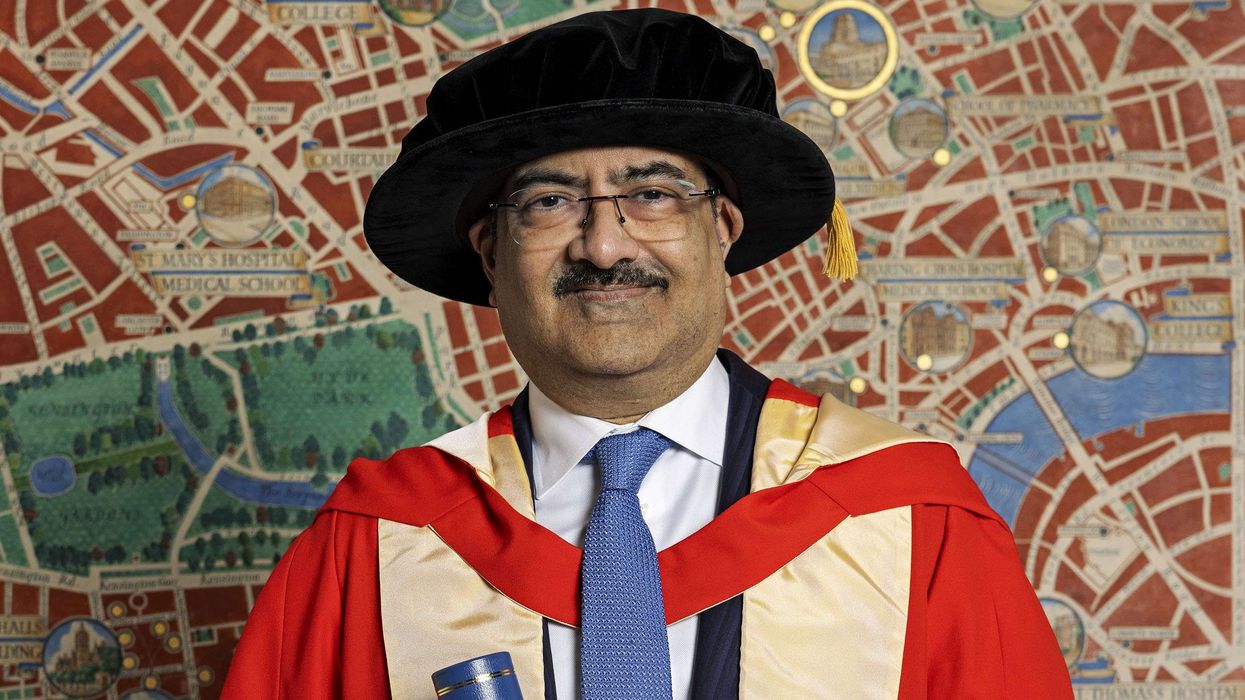Ambati Rayudu struck a sparkling 90 in tough conditions to help India overcome the loss of four early wickets and beat New Zealand by 35 runs in the final one-day international in Wellington on Sunday, sealing a 4-1 series victory.
With the series already safe, stand-in skipper Rohit Sharma sent his men in to bat on a moist surface and the tourists found themselves struggling on 18 for four.
Matt Henry did the early damage, uprooting Sharma's off-stump with the batsman on two, before Trent Boult enticed Shikhar Dhawan (6) to play a loose shot that was taken by Henry at third man.
Shubman Gill (7) was the next player sent back by Henry, poking a routine catch to Mitchell Santner at square cover, before Boult rattled MS Dhoni's off-stump to claim a prized scalp for a single run.
It was left to Rayudu to mount a salvage mission, which the right-hander duly did, staying at the crease for 113 deliveries and being abetted by Vijay Shankar (45).
"After we lost four wickets, all we needed was somebody to show application. The partnership between Rayudu and Vijay Shankar turned the game for us," Sharma said.
Kedar Jadhav (34) kept the scoreboard ticking over and all-rounder Hardik Pandya (45) cut loose at the end with five sixes and two fours to set the Kiwis a 253-run victory target.
New Zealand lost Henry Nicholls (8) early on, while his strike partner Colin Munro (24) lasted 19 balls, with Mohammed Shami accounting for both openers.
Ross Taylor was the next to go after Pandya trapped him leg before on one. Replays showed the ball would have gone over the stumps, but Taylor did not review on the advice of skipper Kane Williamson at the other end.
Williamson took 72 balls to get to 39, but he was caught by Dhawan at deep mid-wicket off a Jadhav delivery to leave New Zealand on 105 for four.
Tom Latham and James Neesham mounted a fightback before Yuzvendra Chahal struck twice in succession to remove Latham (37) and Colin de Grandhomme (11).
Neesham (44) was run out by Dhoni who, spotting the batsman out of his crease following an appeal for lbw, picked up the ball and knocked off the bails.
That broke New Zealand's spirit and Pandya, Chahal and Bhuvneshwar Kumar cleaned up the tail and secured victory.











